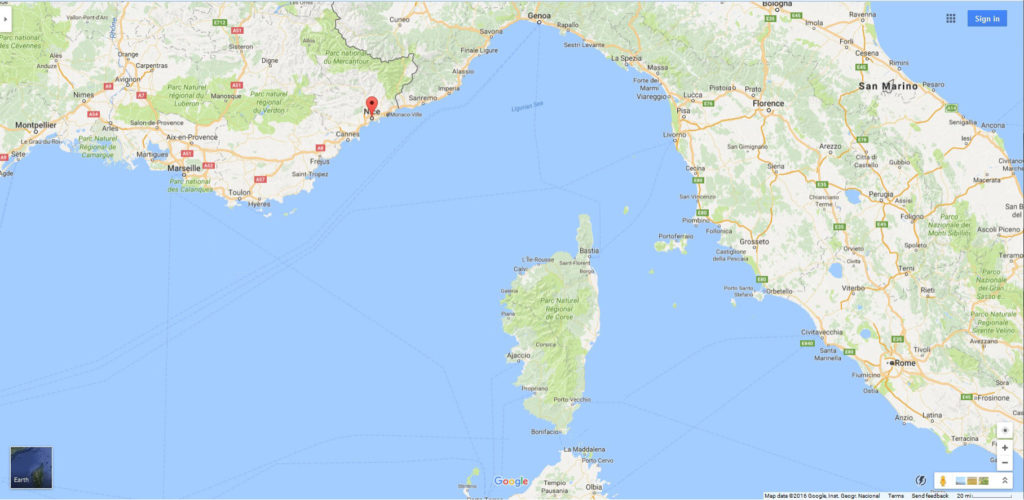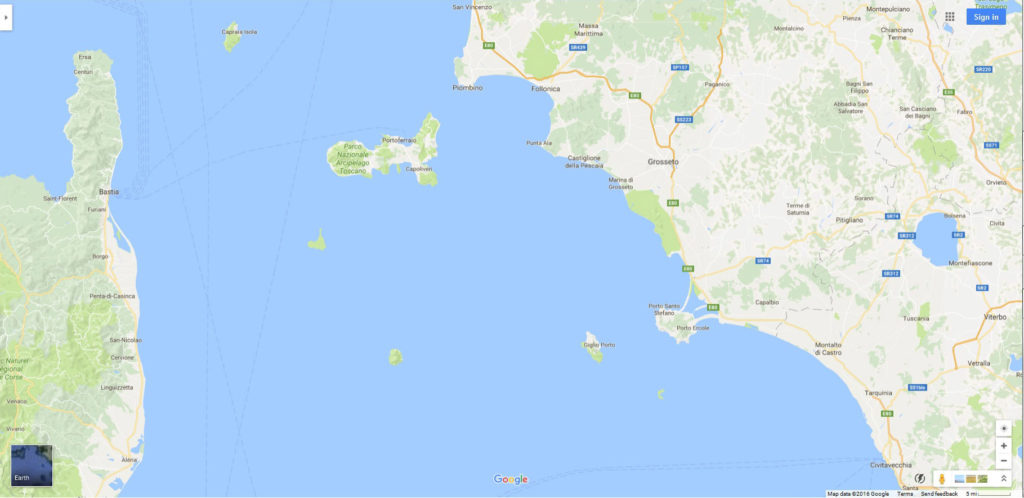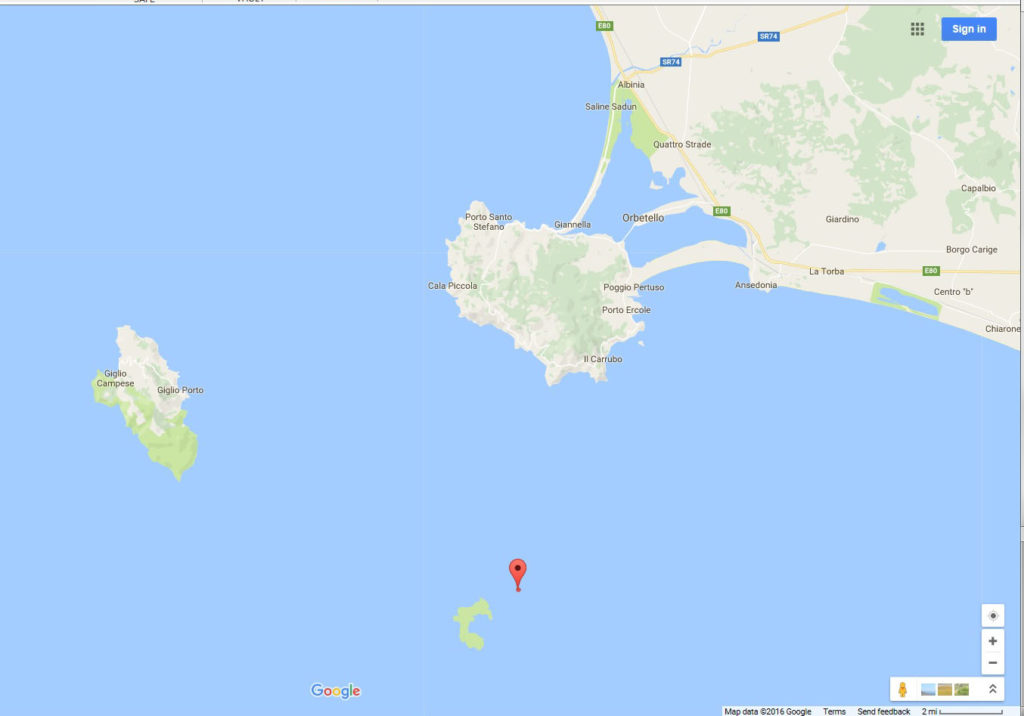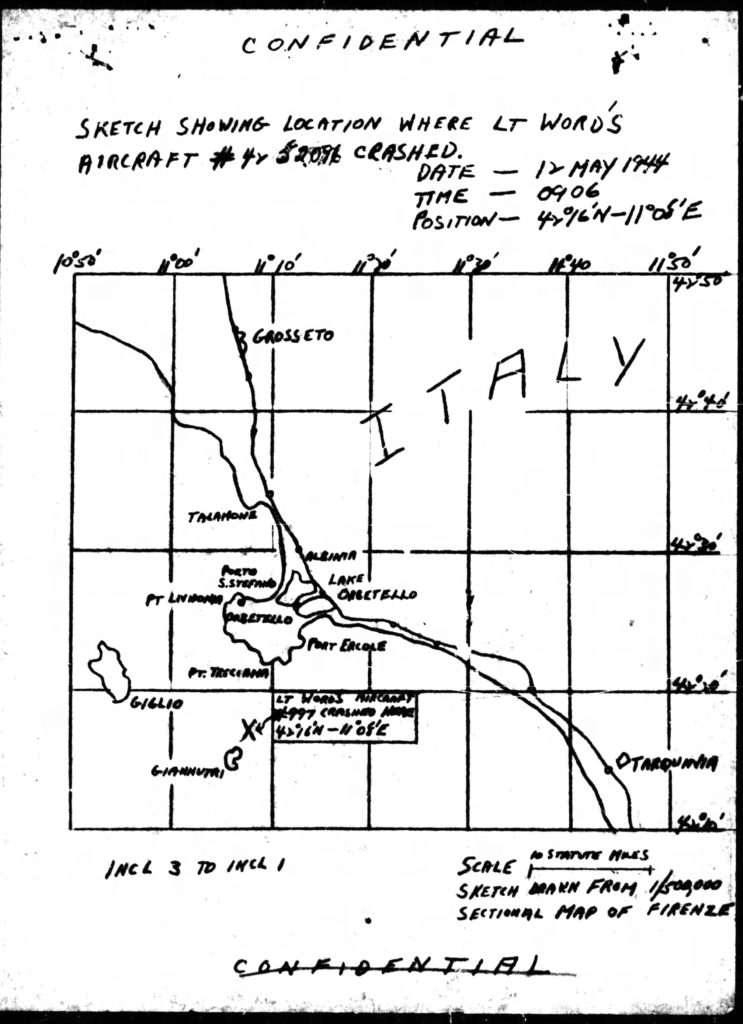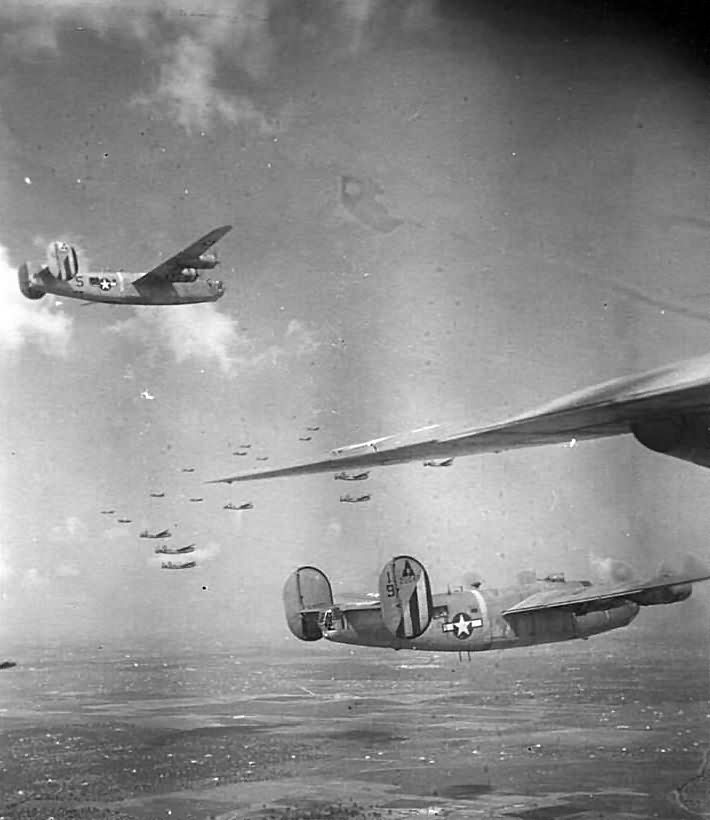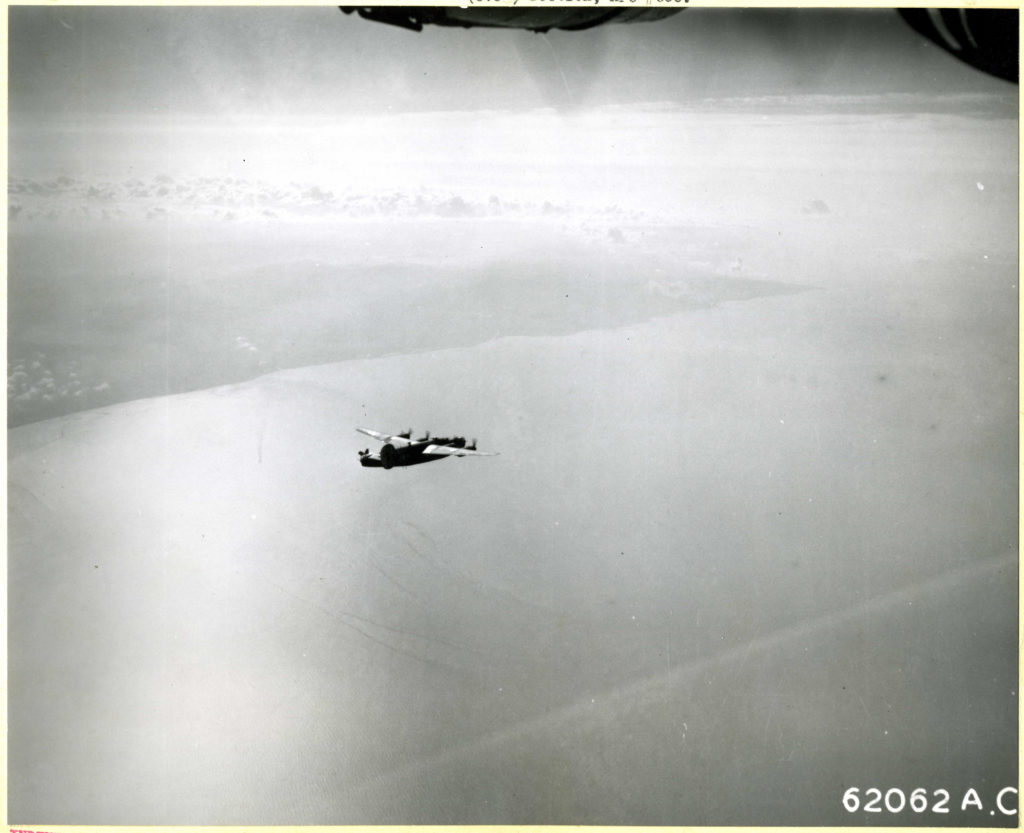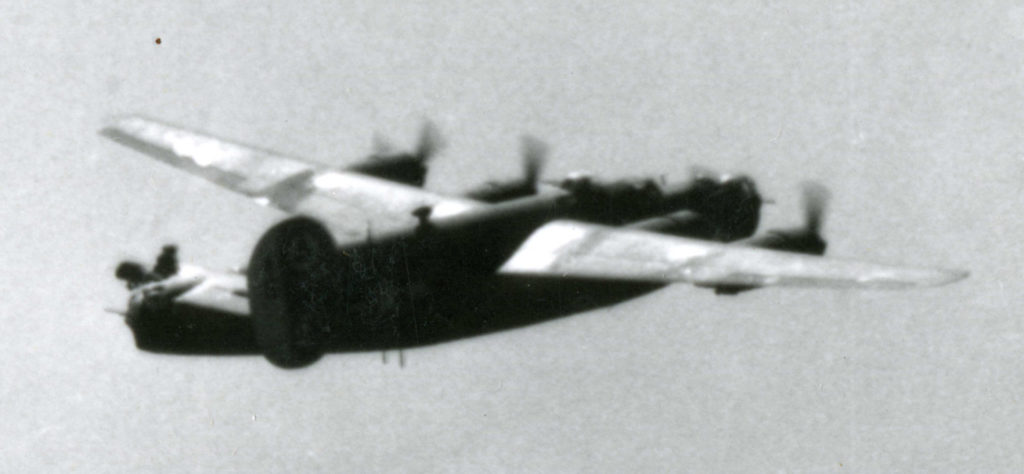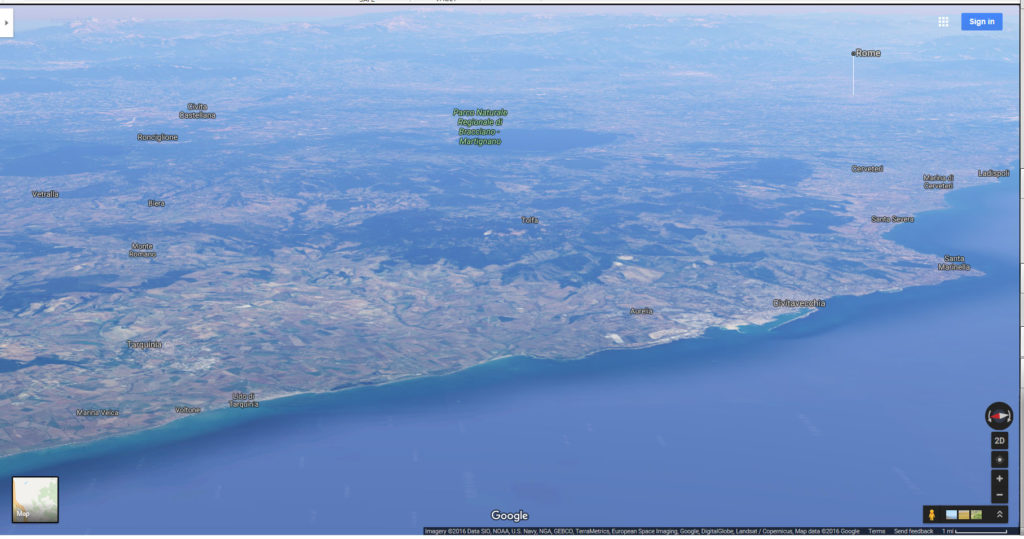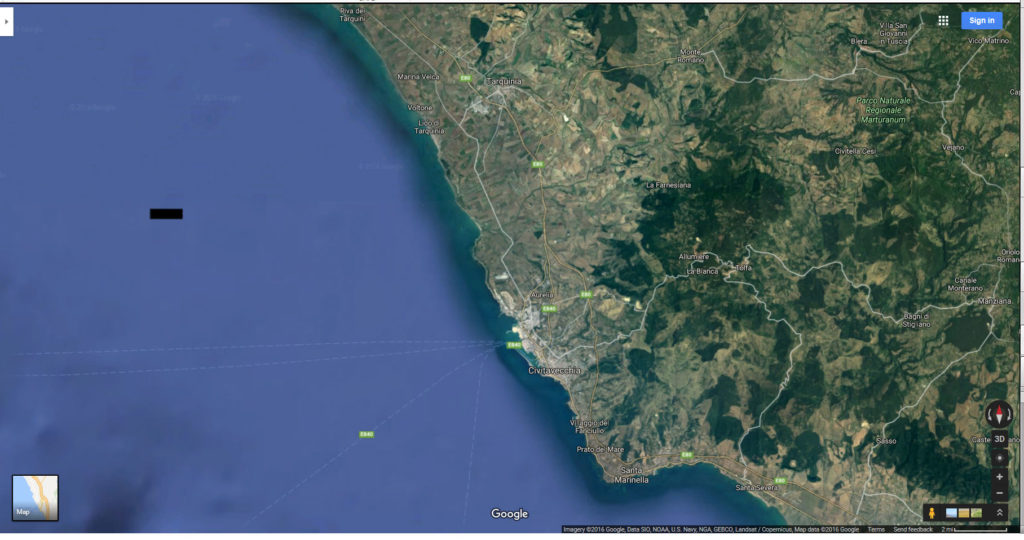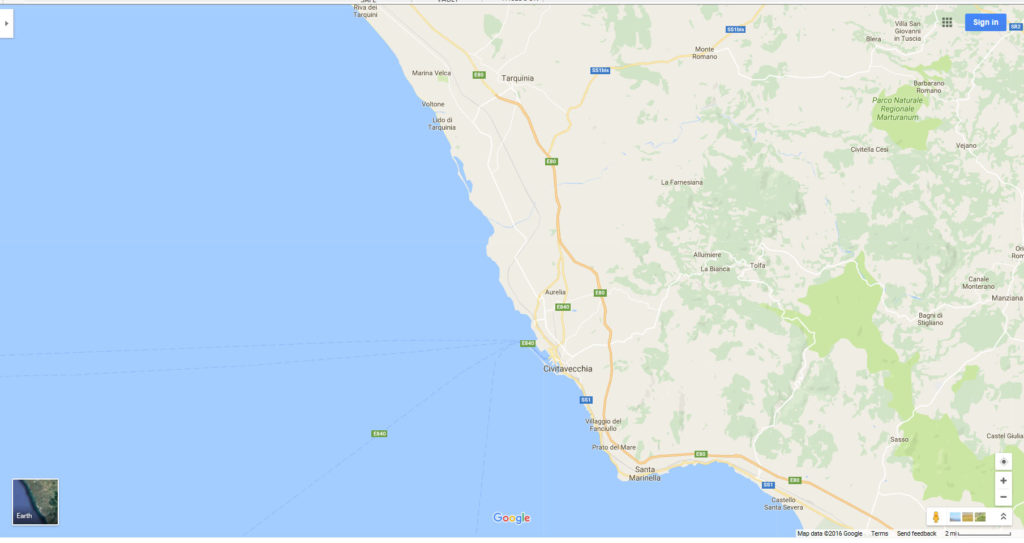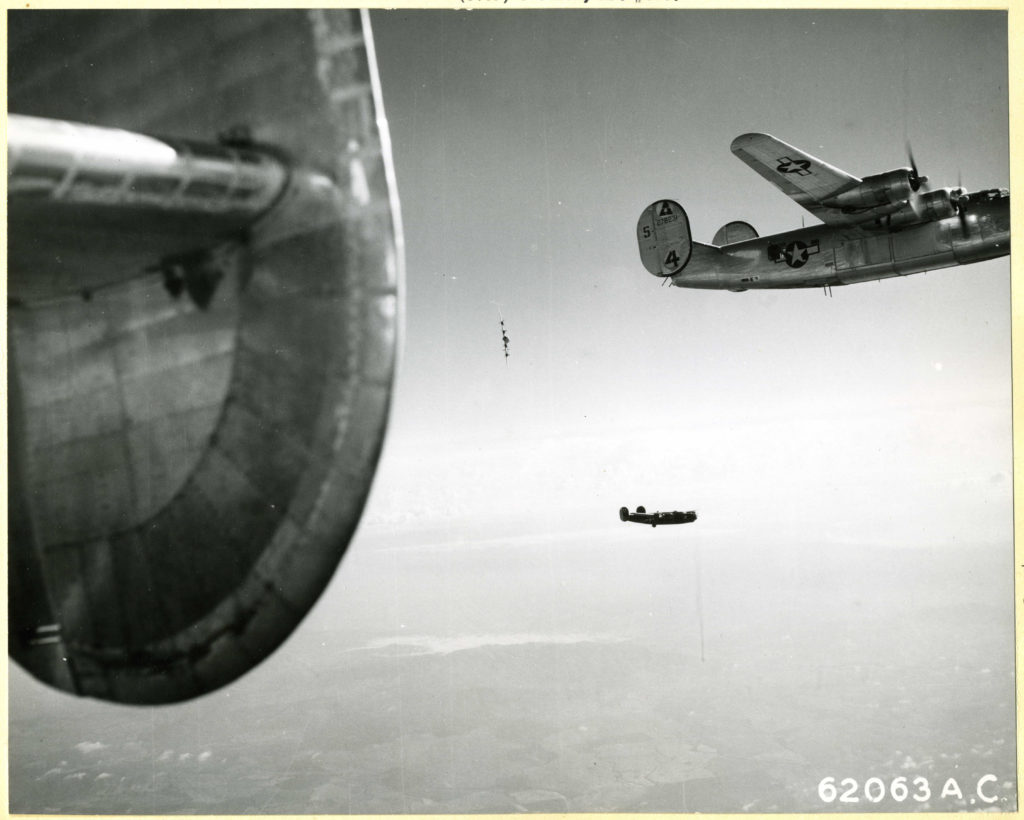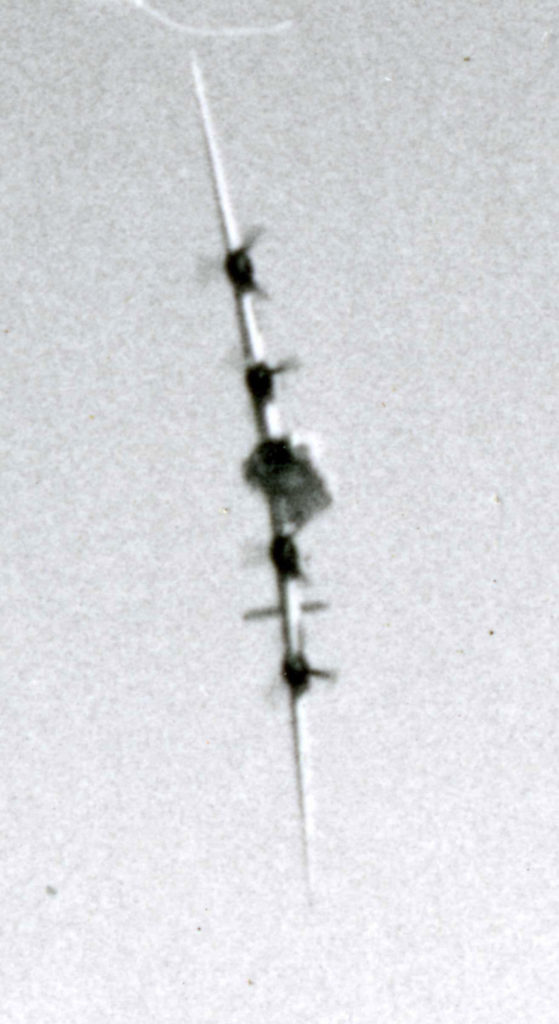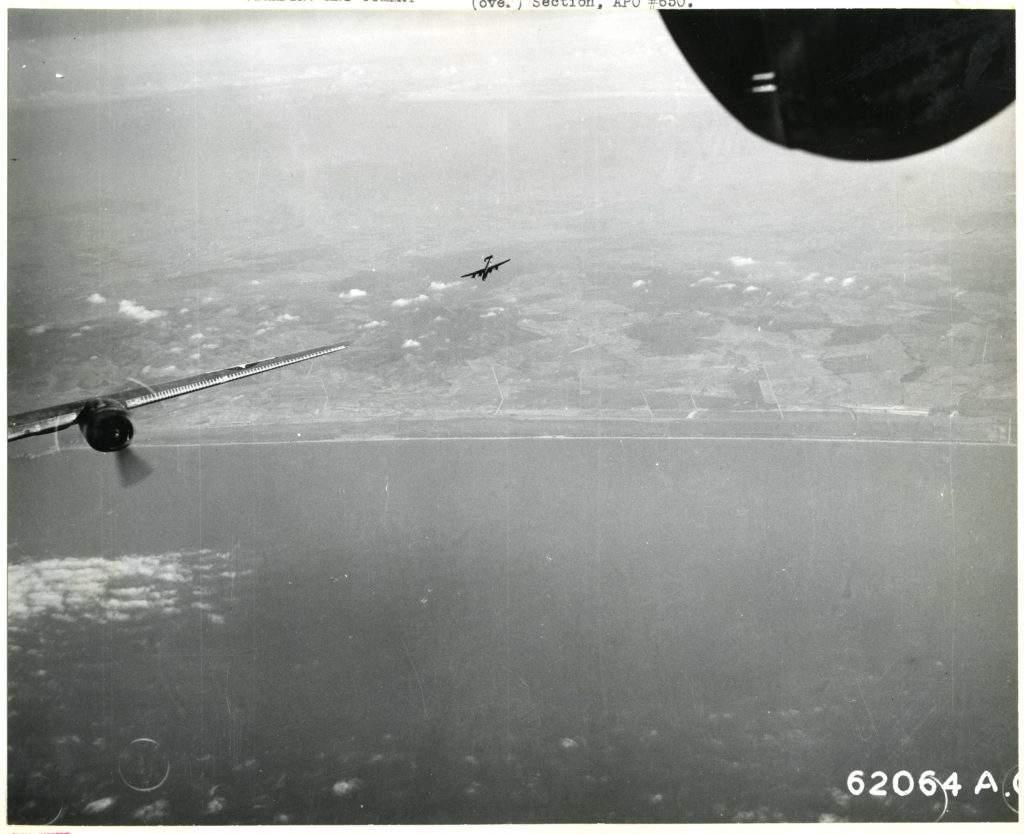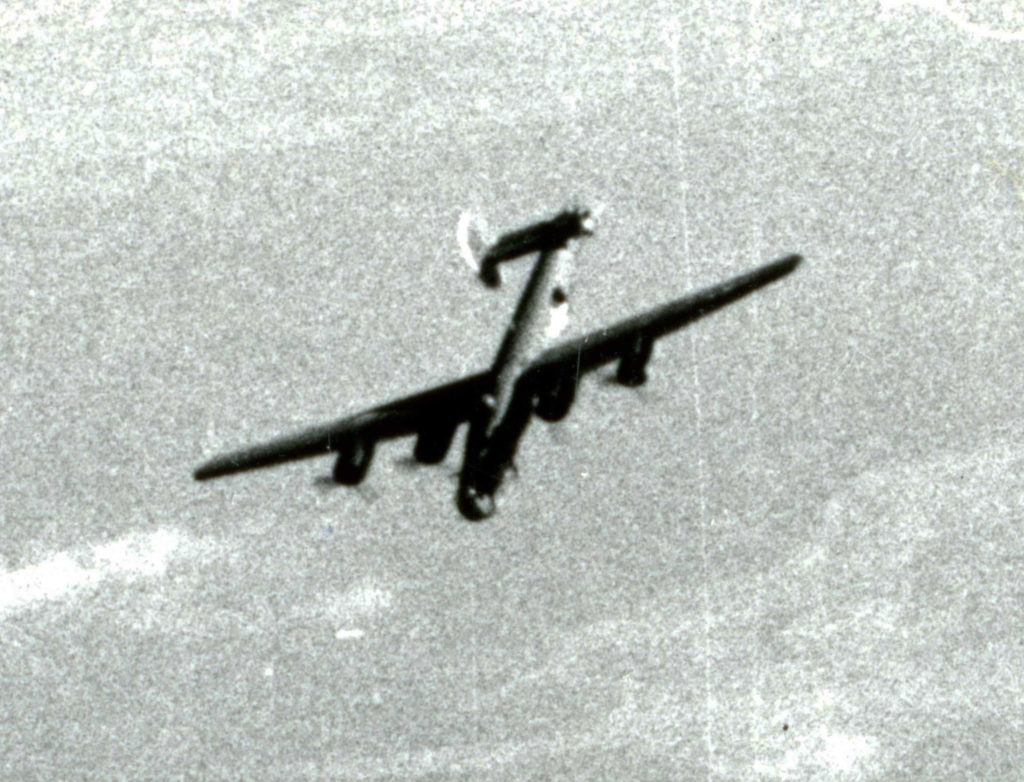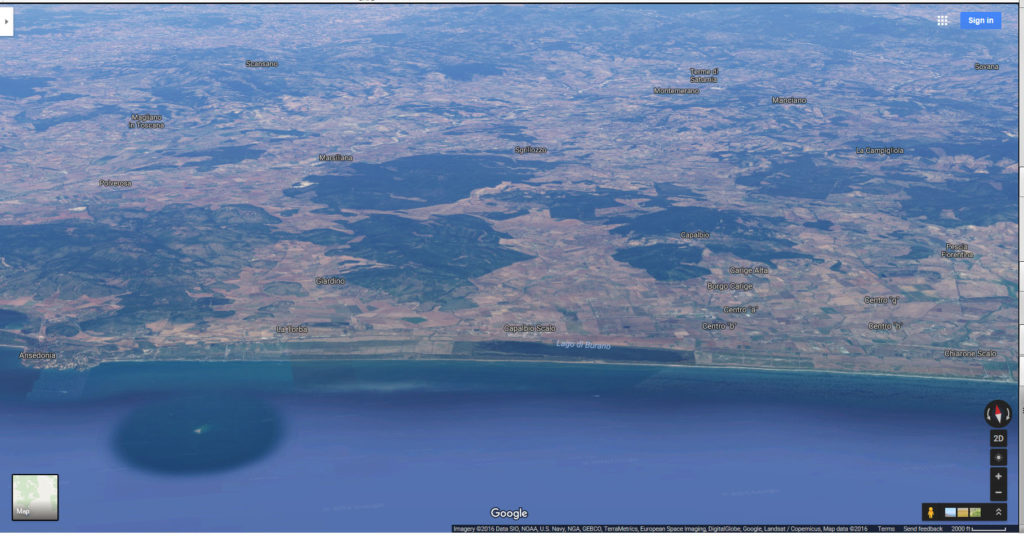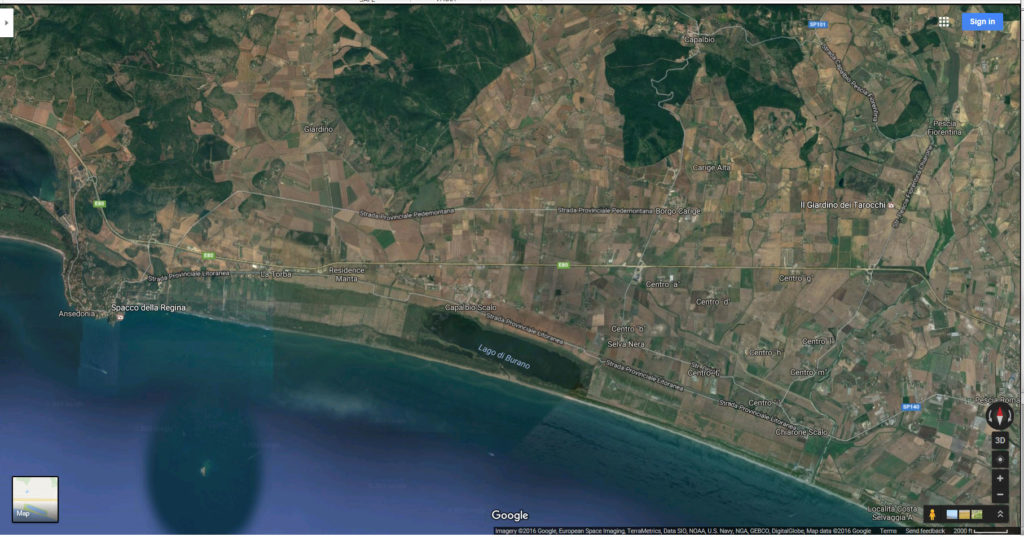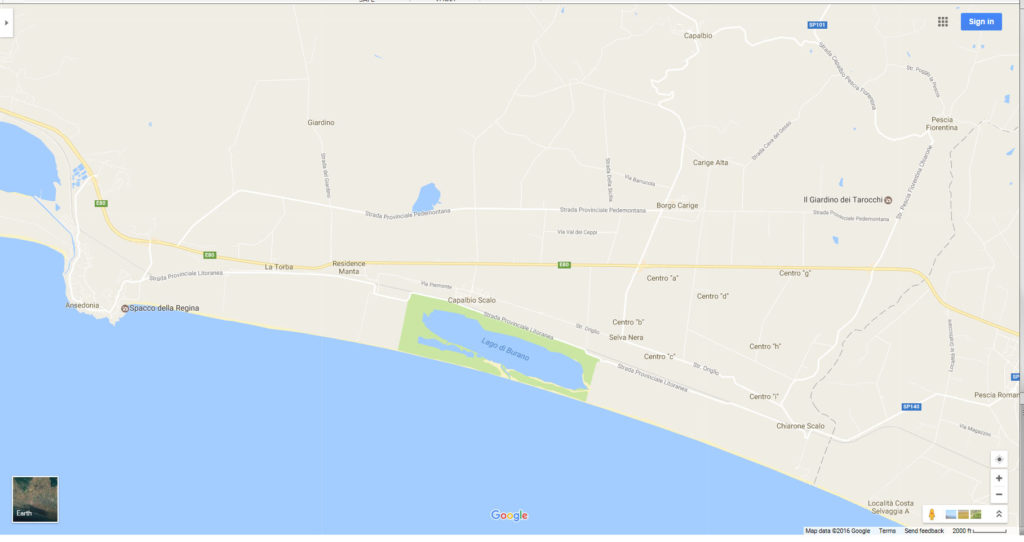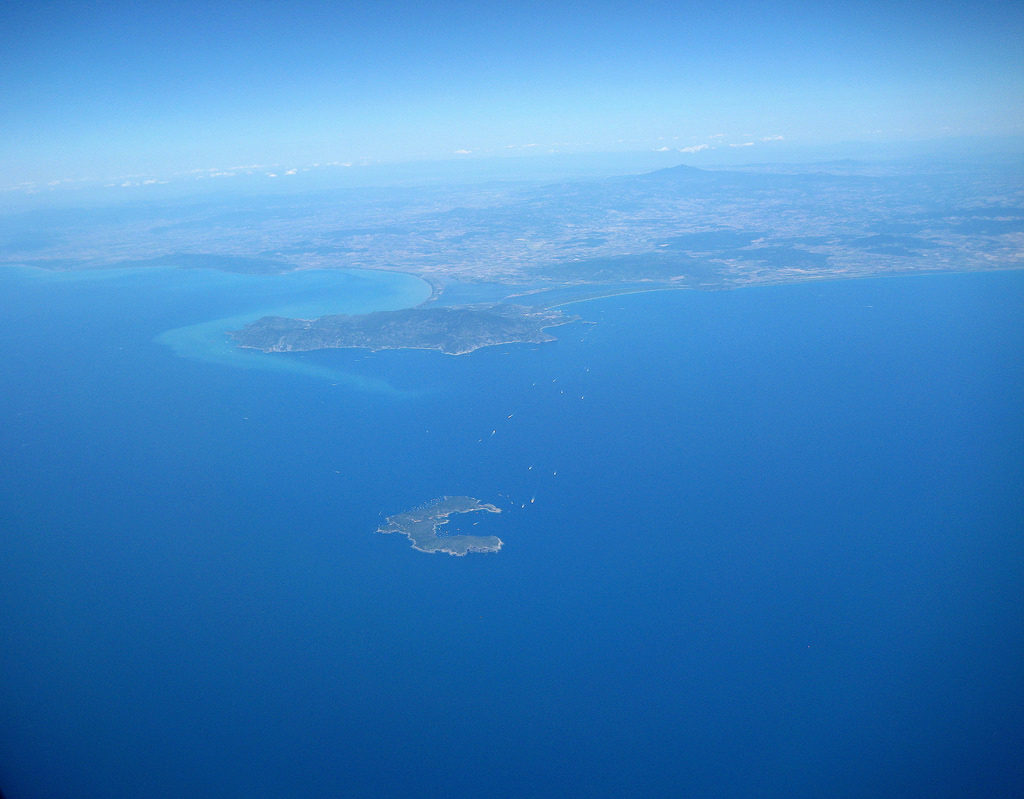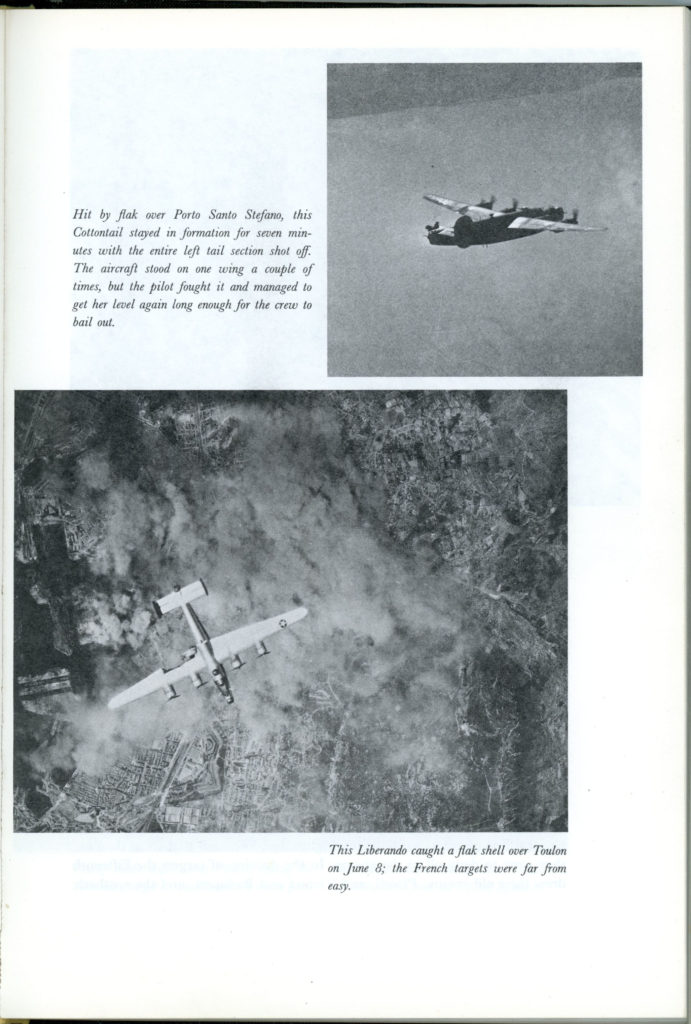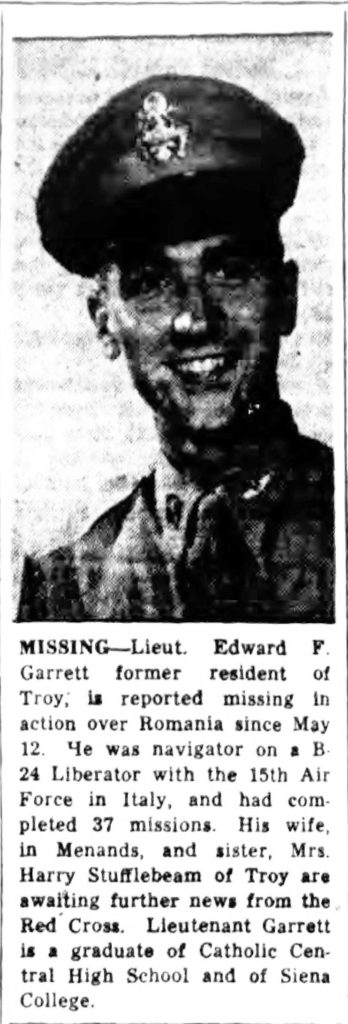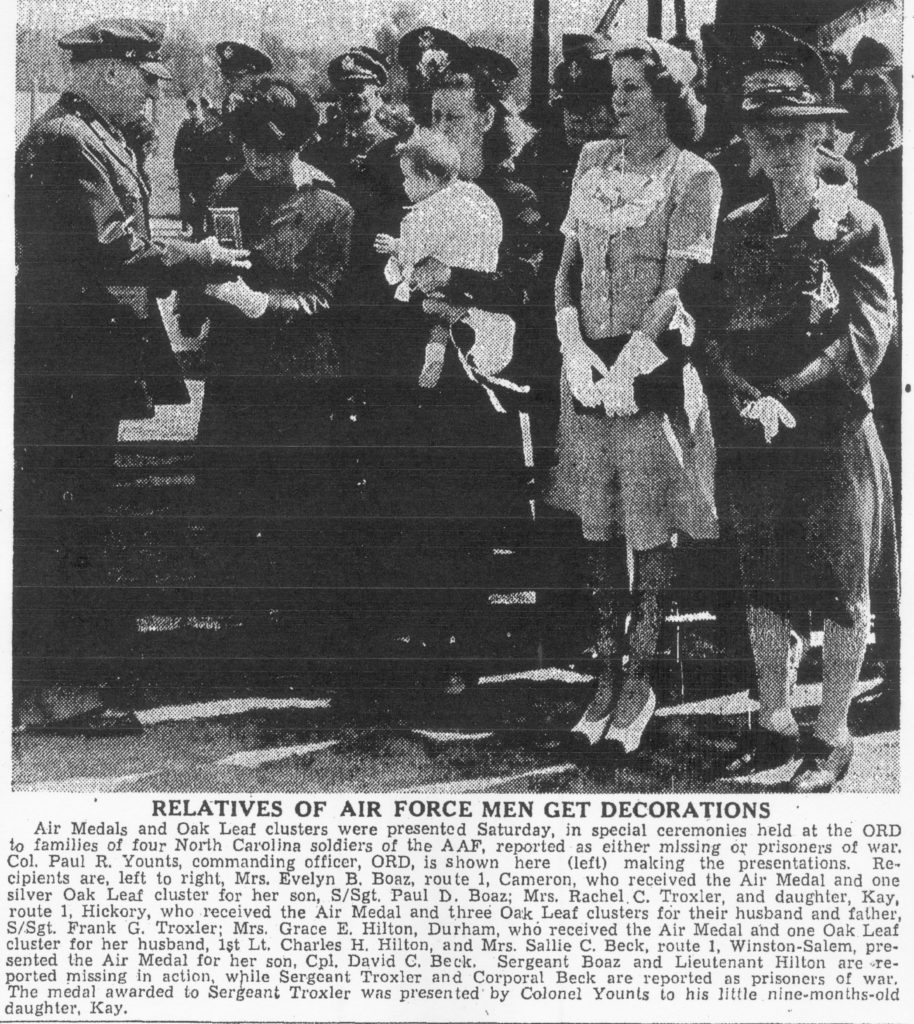We live in a visual world.
In terms of photographs pertaining to the WW II United States Army Air Force, sources of pictures include the U.S. Air Force Still Photography Collection (accessible at the National Archives by directly researching original photographic images, or digitally via Fold3.com), foreign archives (the National Archives of Great Britain, Australia, Canada, New Zealand, as well as the archival holdings of most any nation which was involved in the war) regional and local newspapers (often only accessible as 35mm microfilm), and – perhaps the best source for “one-of-a-kind” images – the private collections of veterans, their families, and descendants.
Images from these sources have long been featured in publications about the Army Air Force, or World War Two (in general), and the Internet as well, and will certainly continue to do so for the future.
However, there is one small but interesting source of images has long been (ironically!) missing: Photographs in Army Air Force Missing Air Crew Reports (MACRs) of World War Two.
MACRs – referred to in previous blog posts – will doubtless need little introduction for many visitors of this website. However, for those unfamiliar with these records, NARA publication M1380, Missing Air Crew Reports (MACRs) of the U.S. Army Air Forces, 1942-1947, will give you a great start.
The overwhelming majority of the 16,605 MACRs are by nature comprised of documents, and, maps. However, a very small but notable group of MACRs – 58 to be precise – include something else: Photographs…of the aircraft (and in an unusual case, a solitary parachuting airman) covered by these documents.
Of these 58 MACRs, most – 43 – include one photograph, while the bulk of the remaining 15 include 2, 3, or 4 images. Two contain 9 photographs, and one includes 15 photographs. The total number of photographs among all these 58 MACRs is 101.
The MACR photographs appear to have been taken by either 1) automatic, down- or rear-facing cameras, on low-level bomb-runs, or, high altitude bombing missions, or, 2) hand-held cameras, in “air-to-air”, “air-to-ground”, and “ground to ground” situations.
Unsurprisingly, the majority of this set of 58 MACRs – 56, to be specific – pertain to bomber or transport aircraft. One covers an F-5A reconnaissance Lightning, and another a P-40K Warhawk.
____________________
The quality of the MACR photographs is highly variable.
The main aspect of these images is that many – especially the air-to-air and air-to-ground images – were captured by happenstance. Some were taken fortuitously, by a crewman seeing, sensing, and and quickly “snapping” a photograph through the nearest available window – without much time for composition or centering! – in combat conditions. As such, the relative sized of the subject (the aircraft in question) occupying the image is relatively small.
Images of shot-down aircraft “on the ground” unsurprisingly tend to be of much better quality, at least in terms of subject size and framing.
Overall, what these images may lack in resolution and detail is outweighed by their importance as the last reminders – both historically and symbolically – of a conflict and era that is receding into the past. As such, these pictures don’t manifest the photographic composition, lighting, and focus of the stereotypical “official” publicity photo of an aircrew patiently posing beneath the nose-art of their bomber.
But by nature, they do show an aspect of the nature of WW II that cannot be depicted in posed photographs.
____________________
The table below, based on and extracted from a much larger spreadsheet covering WW II USAAF aircraft losses (based on data in MACRs, and, a variety of other sources) presents nominal information about the 58 “photographic” MACRs. Information in the table comprises the number of the relevant MACR, the name and rank of the aircraft’s pilot, the date the aircraft was lost, the aircraft’s serial number, the type and sub-type of aircraft, the total number of photographs contained within “that” MACR, and the manner of photography of the photograph(s) therein.
The information shown “here” is limited in order to simplify and streamline the appearance of “this” blog post. A presentation of this and other relevant information about the 58 MACRs is available in a PDF file here.
Once you open the above PDF, you’ll see the information therein arranged as listed below, with three lines of “data” per MACR:
Line 1
MACR Number
Pilot’s name and rank
Date of incident
Squadron
Group
Air Force
Fate of Crew: “Total number of crew and / or passengers (Total survivors, Total Fatalities)”
Line 2
Aircraft type and sub-type
Aircraft serial number
Squadron Designation (alphabetical, numerical, or alpha-numerical) (if any; if known; in italics)
Nickname (if any; if known; in italics)
General location where aircraft was lost or last seen (with German KU or ME Report number, if relevant)
Line 3
Total number of photographic images in MACR
____________________
A note, and more than a note…
An acknowledgement, and more than an acknowledgement…
It is my understanding that upon their declassification in the early 1980s, MACRs were made available to the public as the “original” documents, but, with the realization of the importance and heavy use of the documents, this policy was rescinded, with the records then being made available in microfiche format – at some time in the mid-1980s – by which they could be purchased from, or directly viewed at NARA. Fiche format MACRs are presently available at NARA, digitally through Fold3.com, and in many and varied websites in PDF, word (transcribed or summarized), or JPG formats.
It was through a review (albeit a lengthy and intermittent review; conducted over some years!) of MACRs in fiche and digital formats that I discovered the 58 particular Reports that are the subject of this post. That review focused on the approximately 14,900 wartime MACRs, and a smaller number of the post-war, “fill-in” MACRs which were created for gaps in wartime coverage, and, pre-mid-1943 aircraft losses.
After I identified this set of MACRs, the National Archives very kindly granted me access to the “original” documents in order to scan photographic images within them.
As a result of their generosity – for which I’m deeply appreciative – I’m now able to bring you this post.
And, I hope to bring you a few of the better images in the future.
____________________
Here are a few examples…
MACR 1087. (Refer to this account at Justin Taylan’s Pacific Wrecks Database.)
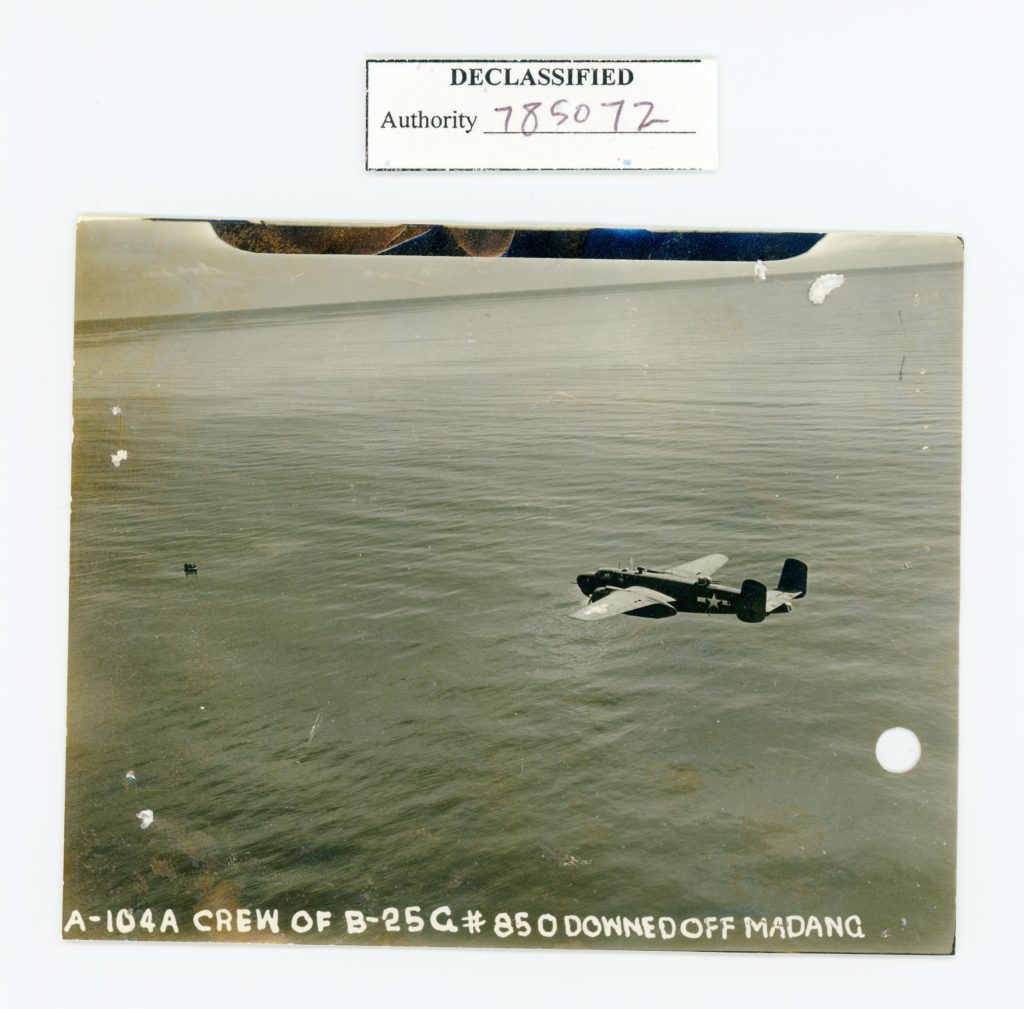
MACR 5032. (Refer to this account at the 416th Bomb Group website (maintained by Wayne G. Sayles, Rick Prucha, Chris Adams and Carl Sgamboti).
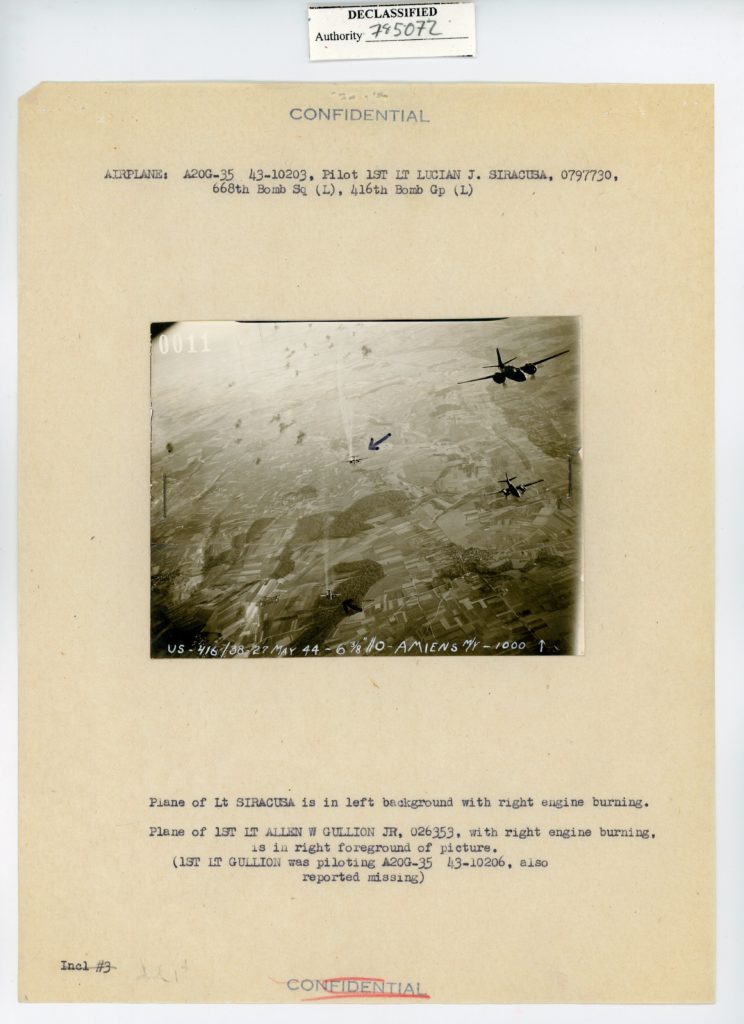
MACR 8440. (Refer to this account at the 303rd Bomb Group website.)
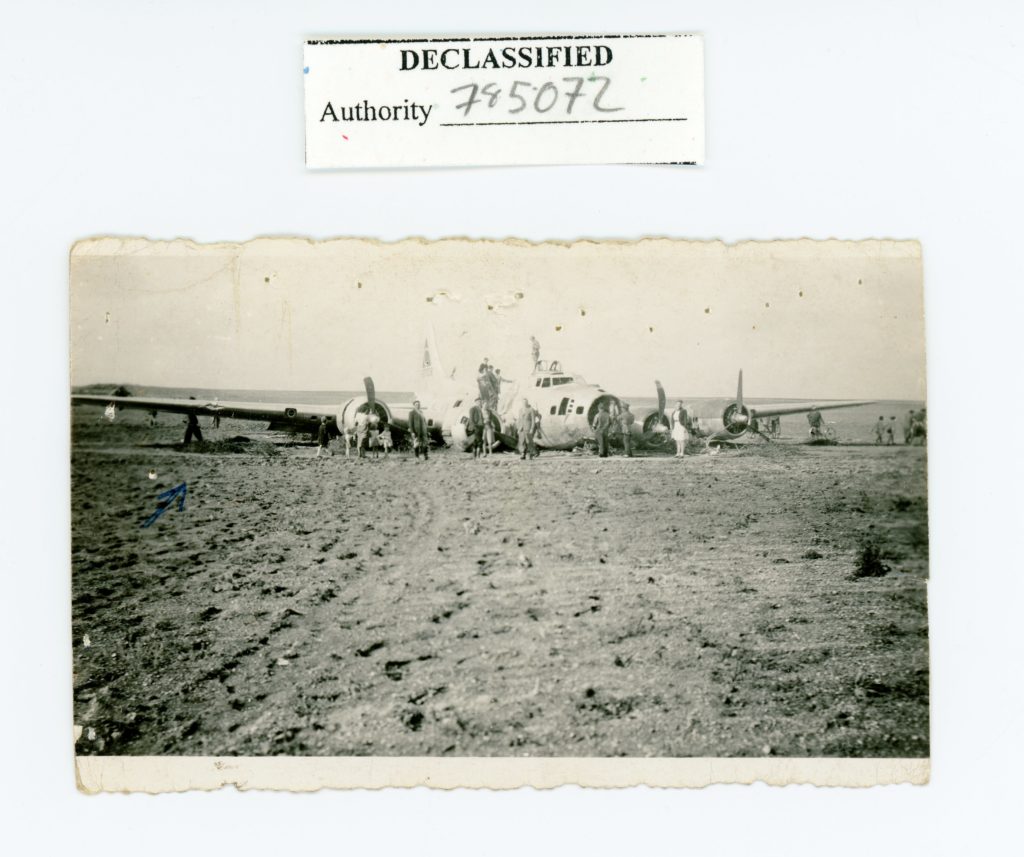
| MACR | Pilot | Date | Aircraft | Serial | Type of Camera |
|
| 64 | Perkins, John H. 1 Lt. | 7/14/43 | B-17F | 42-3049 | 1 | Automatic |
| 150 | Flavelle, Brian F. 1 Lt. | 8/1/43 | B-24D | 42-40563 | 1 | Hand-Held |
| 304 | Miller, Ralph R. 1 Lt. | 8/19/43 | B-17F | 42-29807 | 1 | Automatic |
| 394 | Moore, Don W. 1 Lt. | 8/27/43 | B-17F | 42-29530 | 1 | Hand-Held |
| 489 | McDonald, Harry L. 1 Lt. | 8/30/43 | B-24D | 42-40217 | 3 | Hand-Held |
| 614 | Boren, William T. Major | 9/21/43 | B-26B | 41-31721 | 1 | Automatic |
| 935 | Stookey, Donald L. 1 Lt. | 10/16/43 | B-25D | 41-30561 | 1 | Automatic |
| 1057 | Manley, Daniel 1 Lt. | 10/9/43 | B-25D | 41-30363 | 1 | Hand-Held |
| 1087 | Smith, Richard F/O | 11/3/43 | B-25G | 42-64850 | 1 | Hand-Held |
| 1146 | Gullette, Frank E. 1 Lt. | 11/20/43 | B-25D | 41-30572 | 1 | Hand-Held |
| 1170 | Paschal, James M. 1 Lt. | 10/19/43 | B-25C | 41-12631 | 4 | Hand-Held |
| 1416 | Meister, Robert A. 1 Lt. | 12/17/43 | B-25D | 41-30661 | 2 | Hand-Held |
| 1423 | Smith, George W. 1 Lt. | 12/21/43 | B-24D | 41-24214 | 2 | Hand-Held |
| 1544 | Besley, Charles E. 1 Lt. | 12/21/43 | B-25D | 41-30771 | 1 | Automatic? |
| 1620 | Unruh, Marion D. Col. | 12/30/43 | B-24D | 41-24186 | 3 | Hand-Held |
| 1629 | Morse, Roger W. 1 Lt. | 1/3/44 | B-24D | 42-41205 | 1 | Hand-Held? |
| 2450 | Sutphen, Harry S. Capt. | 2/22/44 | B-25G | 42-64779 | 1 | Hand-Held |
| 2578 | Ecklund, Robert D. 1 Lt. | 12/27/43 | F-5A | 42-13068 | 2 | Recon & Hand-Held |
| 2761 | Fletcher, William H. 1 Lt. | 2/21/44 | B-17G | 42-37796 | 1 | Hand-Held (Ground) |
| 3680 | Rauh, Theodore A. 1 Lt. | 4/2/44 | B-24J | 42-73150 | 1 | Hand-Held |
| 3971 | Rogers, Robert J., Jr. 2 Lt. | 4/2/44 | B-24H | 41-28698 | 1 | Hand-Held |
| 5032 | Gullion, Allen W. 1 Lt. | 5/27/44 | A-20G | 43-10206 | 1 | Automatic |
| 5033 | Siracusa, Lucian J. 1 Lt. | 5/27/44 | A-20G | 43-10203 | 1 | Automatic |
| 5303 | Moran, Bart 2 Lt. | 5/29/44 | B-17G | 42-107052 | 9 | Hand-Held (Ground) |
| 5536 | Randolph, Benjamin D. 1 Lt. | 6/3/44 | A-20G | 43-9959 | 1 | Automatic |
| 5628 | Jackson, Loren E. 2 Lt. | 6/12/44 | B-17G | 42-31762 | 1 | Hand-Held (Ground) |
| 5982 | Burch, Richard W. Capt. | 6/20/44 | B-17G | 42-97892 | 1 | Automatic |
| 6070 | Casey, Thomas V. 2 Lt. | 6/22/44 | B-25J | 43-27656 | 1 | Hand-Held |
| 6455 | Dunn, Lamar J. 1 Lt. | 6/26/44 | B-24H | 42-50401 | 1 | Hand-Held |
| 6456 | Carter, Thomas J. Major | 6/26/44 | B-24H | 42-95451 | 1 | Automatic |
| 6996 | Jones, Ellsoworth D. 2 Lt. | 7/28/44 | B-24H | 41-29275 | 1 | Automatic |
| 7419 | DeMatio, Donald H. 2 Lt. | 7/19/44 | B-24H | 42-94893 | 2 | Hand-Held |
| 7685 | Hoschar, John P. 1 Lt. | 8/15/44 | B-25J | 43-27783 | 1 | Automatic? |
| 8187 | Carpenter, Floyd B. 2 Lt. | 9/2/44 | P-40K | 42-9860 | 15 | Automatic |
| 8440 | Litman, Arnold S. Capt. | 8/15/44 | B-17G | 43-37838 | 1 | Hand-Held (Ground) |
| 9750 | Barnsley, Daniel V. 2 Lt. | 10/21/44 | B-24J | 44-40557 | 3 | Hand-Held |
| 9906 | Yaeger, William C. 1 Lt. | 9/17/44 | C-47A | 42-100648 | 1 | Hand-Held |
| 10154 | Levitoff, Julius 2 Lt. | 11/6/44 | B-17G | 42-97330 | 1 | Hand-Held |
| 10156 | Campbell, Robert G. 1 Lt. | 11/2/44 | B-17G | 43-38670 | 1 | Automatic? |
| 10303 | Alleman, James E. 2 Lt. | 11/5/44 | B-17G | 43-38363 | 1 | Hand-Held |
| 11392 | McKanna, Ellis J. Capt. | 1/18/45 | B-25J | 43-27649 | 2 | ? |
| 11555 | Smith, Edmund G. 1 Lt. | 1/27/45 | B-29 | 42-24769 | 1 | Automatic |
| 11574 | Eisenhart, Oliver T. 2 Lt. | 1/13/45 | B-17G | 43-38689 | 1 | Automatic |
| 11576 | Statton, Roy F. 1 Lt. | 1/10/45 | B-17G | 42-97861 | 1 | Hand-Held (Ground) |
| 11577 | McGinnis, Martin S. Capt. | 1/13/45 | B-17G | 42-107099 | 1 | Hand-Held |
| 11713 | Murchland, Robert K. 1 Lt. | 1/18/45 | B-25J | 43-4069 | 2 | Hand-Held |
| 12050 | Bierwirth, Herman L. 1 Lt. | 2/8/45 | B-24L | 44-41470 | 1 | ? |
| 12092 | Figler, Roman H. 1 Lt. | 2/13/45 | B-25J | 43-27670 | 1 | Hand-Held |
| 12130 | Ross, Charles D. 1 Lt. | 2/5/45 | B-25J | 43-36098 | 1 | Hand-Held |
| 12680 | Smith, Jay B. Lt. Col. | 2/22/45 | B-26C | 42-107745 | 3 | Hand-Held (Ground) |
| 13419 | Kreiser, Joseph R. Capt. | 3/24/45 | C-46D | 44-77582 | 1 | Hand-Held (Ground) |
| 13421 | Phillips, Moorhead 1 Lt. | 3/24/45 | C-46D | 44-77595 | 1 | Hand-Held (Ground) |
| 13422 | Hamilton, Gerard E. 2 Lt. | 3/24/45 | C-46D | 44-77512 | 1 | Hand-Held (Ground) |
| 13431 | Barton, Junior R. 1 Lt. | 3/24/45 | C-46D | 44-77474 | 1 | Hand-Held (Ground) |
| 13515 | Bauer, Christian C., Jr. 2 Lt. | 3/6/45 | B-25J | 43-36150 | 2 | Hand-Held |
| 14351 | Custer, Glenn R. 2 Lt. | 5/4/45 | B-24M | 44-42058 | 1 | Automatic |
| 14408 | Larsen, Leonard G. 1 Lt. | 5/10/45 | B-25J | 43-36149 | 1 | Hand-Held |
| 15098 | Norton, Charles E. Capt. | 9/24/42 | B-17E | 41-2420 | 4 | Hand-Held (Ground) |
References
NARA Publication M 1380: Missing Air Crew Reports (MACRs) of the U.S. Army Air Forces, 1942-1947, National Archives and Records Administration, Washington. D.C., 2005
“B-25G-5 Mitchell Serial Number 42-64850″, at http://www.pacificwrecks.com/aircraft/b-25/42-64850.html.
B-17G Fearless Fosdick, at http://www.303rdbg.com/pp-fearlessfosdick-crash.html. (Website copyright by Gary L. Moncur.)
“416th Bomb Group Mission # 58”, at http://www.416th.com/missions/mission58.html. (Website copyright by Wayne G. Sayles.)
